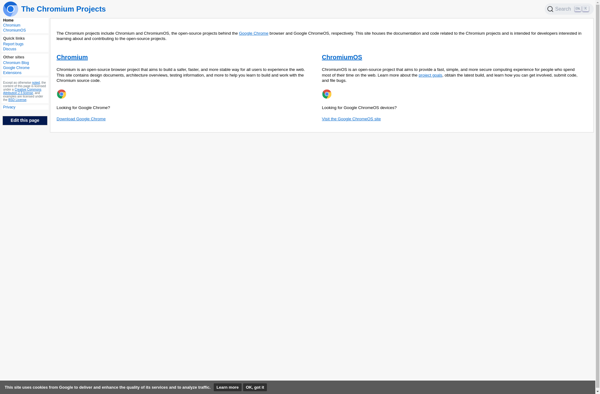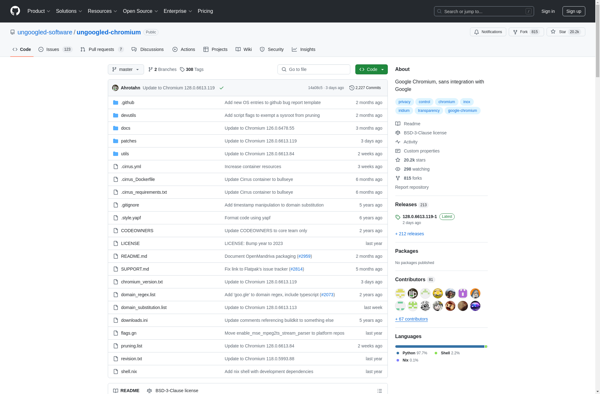Netscape Navigator
Netscape Navigator: One of the Early Graphical Web Browsers
Released in 1994 by Netscape Communications, Netscape Navigator was a popular web browser that dominated the mid to late 1990s market, becoming one of the earliest graphical browsers available.
What is Netscape Navigator?
Netscape Navigator was one of the first widely used graphical web browsers. It was originally released in 1994 by Netscape Communications, founded by Marc Andreessen and Jim Clark. Navigator helped drive mainstream adoption of the World Wide Web by providing an easy-to-use graphical interface to access the web.
In the mid 1990s, Netscape Navigator became the most widely used web browser, surpassing early browsers such as Mosaic. It introduced many users to features we now take for granted, like bookmarks, forward/back buttons, and the ability to view webpages visually as opposed to text-only browsers at the time.
At its peak popularity in the 1990s, Netscape Navigator commanded over 90% market share over competing browsers. Important features like JavaScript and cookies were introduced in Navigator before being adopted by other browsers. The open nature of the web owes some credit to Navigator's rapid innovative cycles during this era.
However, Netscape Navigator eventually lost dominance with the release of Internet Explorer 3 and 4 in the late 90s. Development languished through the early 2000s, and support was dropped in 2008. But for a time in the 90s, Navigator was synonymous with web browsing.
Netscape Navigator Features
Features
- Web browsing
- Email client
- HTML editor
- Plug-ins and extensions
- Security features
Pricing
- Free
- Open Source
Pros
Cons
Official Links
Reviews & Ratings
Login to ReviewThe Best Netscape Navigator Alternatives
Top Web Browsers and Early Web Browsers and other similar apps like Netscape Navigator
Here are some alternatives to Netscape Navigator:
Suggest an alternative ❐Google Chrome
Microsoft Edge
Mozilla Firefox
Brave

Vivaldi

Firefox Developer Edition

Opera

Chromium

Waterfox

Pale Moon

Ungoogled Chromium
